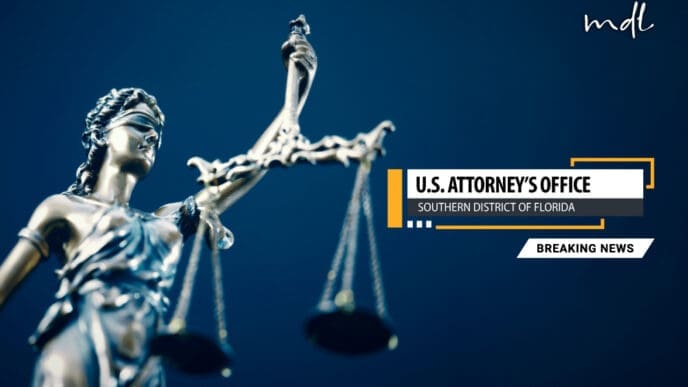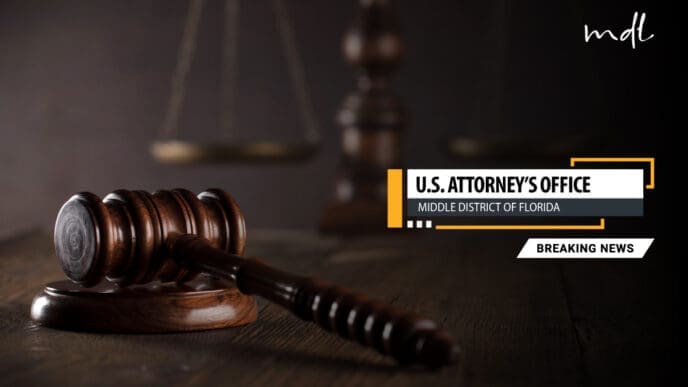The reopening of the federal scallop fishery in the Gulf of Maine is set to commence on Monday, following a temporary closure due to delays in setting annual catch limits. This decision arrives shortly after the National Oceanic and Atmospheric Administration (NOAA) issued the necessary rulings to resume scallop fishing, mitigating concerns that had emerged due to the unprecedented mid-season shutdown.
Earlier this month, NOAA had enforced a closure on April 12, marking the first mid-season halt in 16 years. This action was prompted when the fishery reached a default quota, a precautionary measure activated to prevent overfishing in the absence of finalized annual regulations. The closure affected fishermen operating in federal waters, three miles offshore in the Northern Gulf of Maine region.
The delay in establishing the rules was partly attributed to the transition to the new presidential administration and federal staffing reductions implemented by the Trump administration. This situation left many in Maine’s fishing community anxious, as they awaited clarity on when they could resume operations.
Among those affected, Togue Brawn, a seafood dealer and fishery management official, highlighted the challenges faced due to the uncertainty and lack of a clear timeline from NOAA. Despite these hurdles, the anticipation has now shifted to relief as the fishermen prepare to return to the waters.
Kristan Porter, a scalloper and lobsterman from Cutler, expressed readiness to resume fishing activities, acknowledging the challenges but optimistic about getting back to work in Massachusetts on Monday. With the new rules in place, fishermen are permitted to catch up to 675,563 pounds of scallops for the current season.
From the start of the season on April 1 until the closure on April 12, fishermen had already landed 314,364 pounds of scallops. This leaves a remaining quota of 361,199 pounds before the season concludes. Despite the frustrations surrounding the delay, the precautionary measures implemented are seen as essential in safeguarding the fishery from overexploitation. Stakeholders emphasize the importance of maintaining a conservative approach to ensure the long-term sustainability of the fishery, benefiting both the environment and the livelihoods dependent on it.






